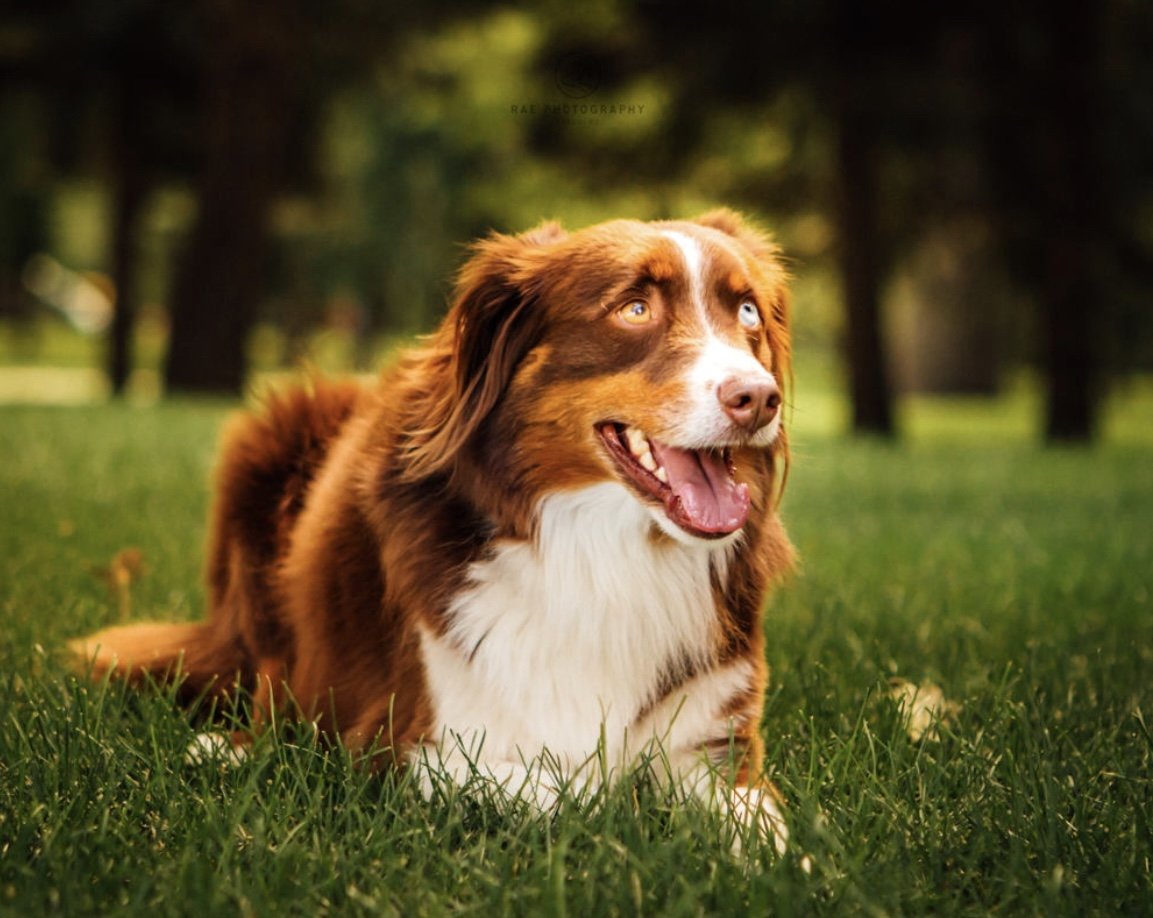Understanding CCL Injuries in Dogs (Part 1): What They Are and What to Look For
One of the most common orthopedic injuries we see in dogs is a cranial cruciate ligament (CCL) tear. This ligament, similar to the ACL in humans, plays a crucial role in stabilizing the knee (stifle) joint. When the CCL is strained or torn, the knee becomes unstable, often causing pain, inflammation, and difficulty bearing weight.
Dogs with a CCL injury may show signs ranging from subtle to severe. You might notice your dog limping on a hind leg, favoring one leg while walking or standing, or having trouble getting up after lying down. Some dogs may hold their leg up completely, while others develop a “toe-touching” gait where only the toes make brief contact with the ground. Over time, you may also see muscle loss in the affected limb due to disuse, or signs of discomfort such as licking at the knee.
While some injuries happen suddenly—during a game of fetch or a romp at the dog park—others result from slow degeneration of the ligament over time, particularly in larger breeds or overweight dogs.
Unfortunately, once a CCL is torn, it does not heal on its own. Without proper treatment, the instability in the joint leads to chronic pain, arthritis, and worsening lameness. Early diagnosis is essential for developing a treatment plan that supports both comfort and long-term mobility.
In Part 2 of this series, we’ll explore a range of treatment options, from pain relief and assistive devices to advanced regenerative therapies and surgery.

